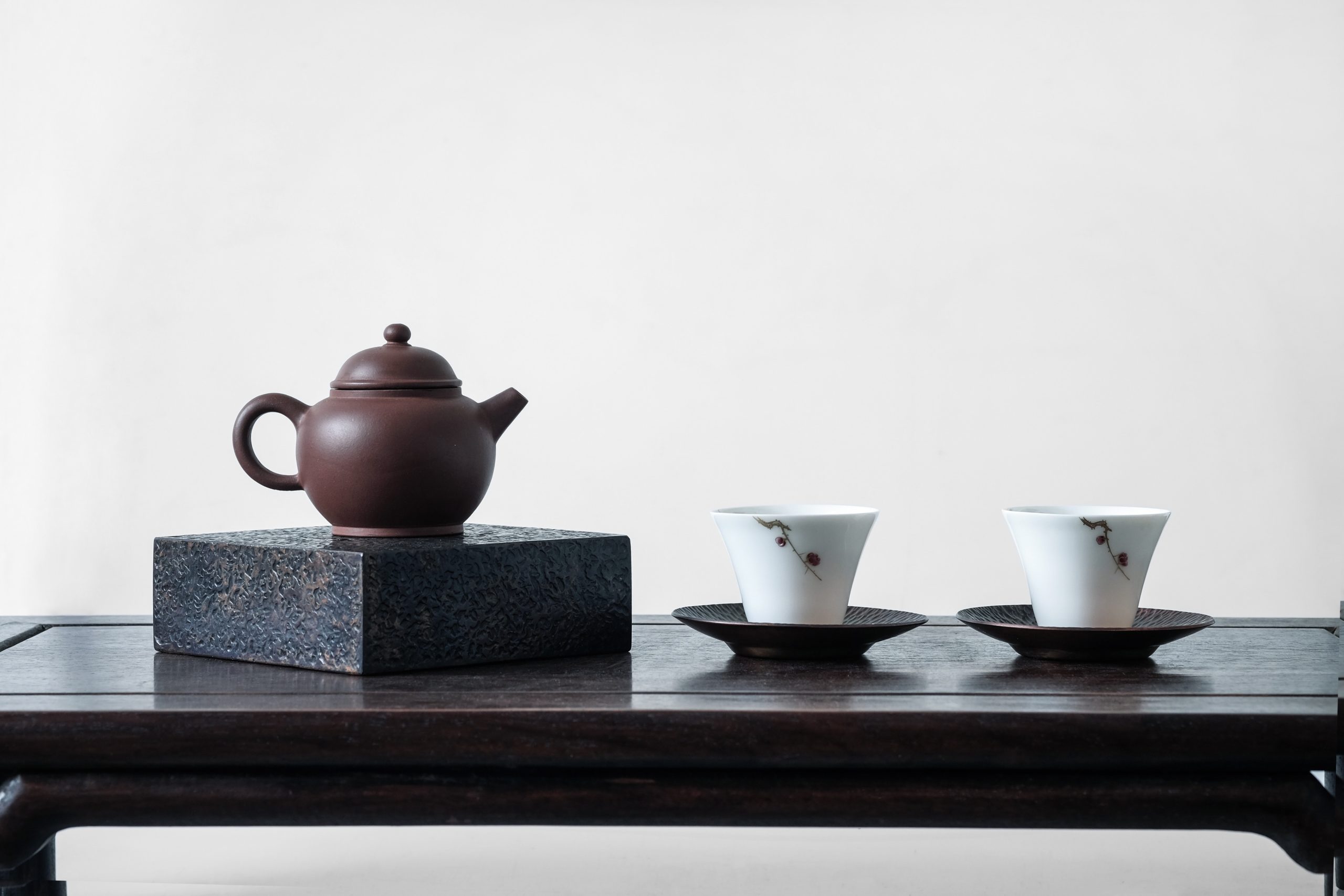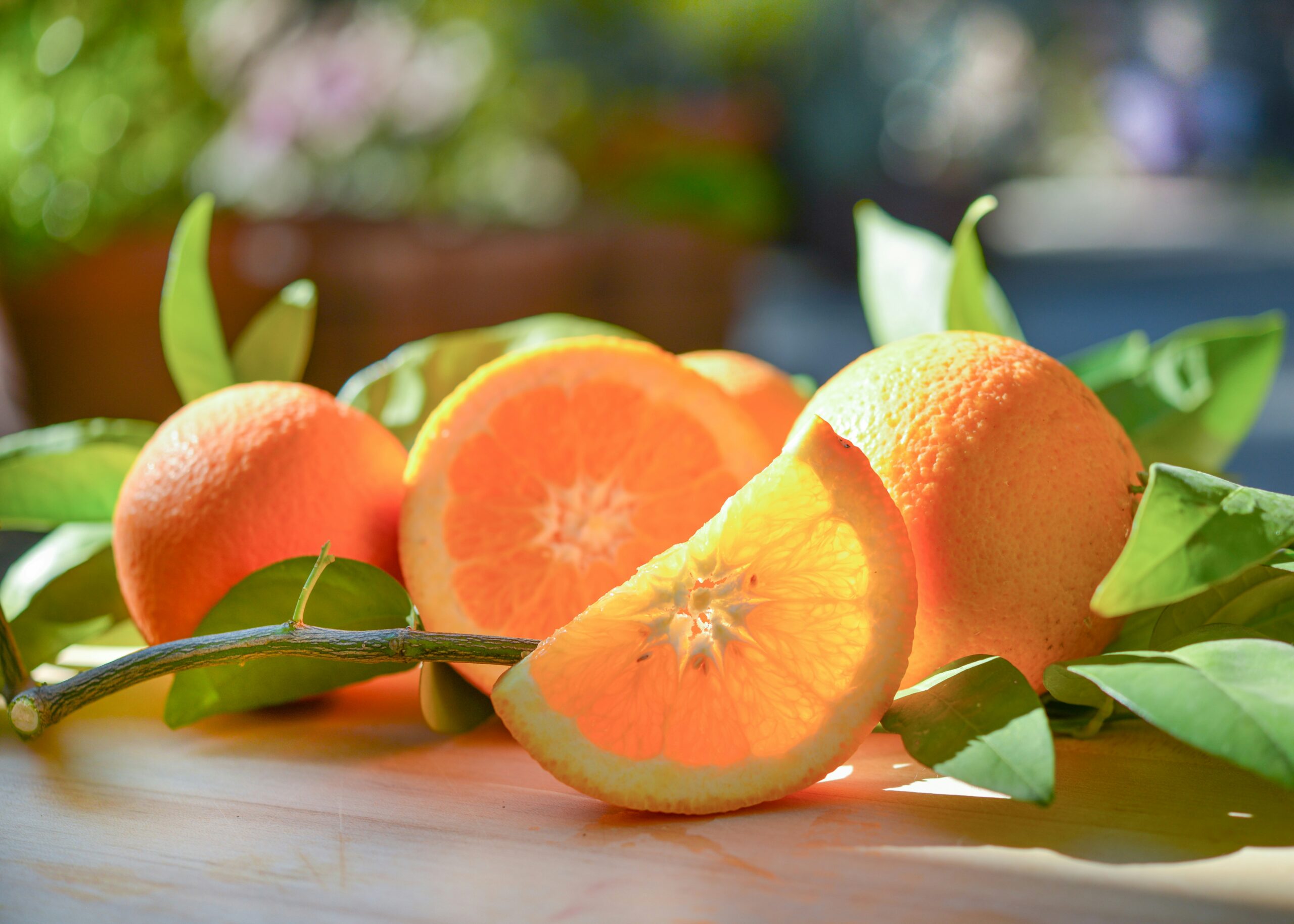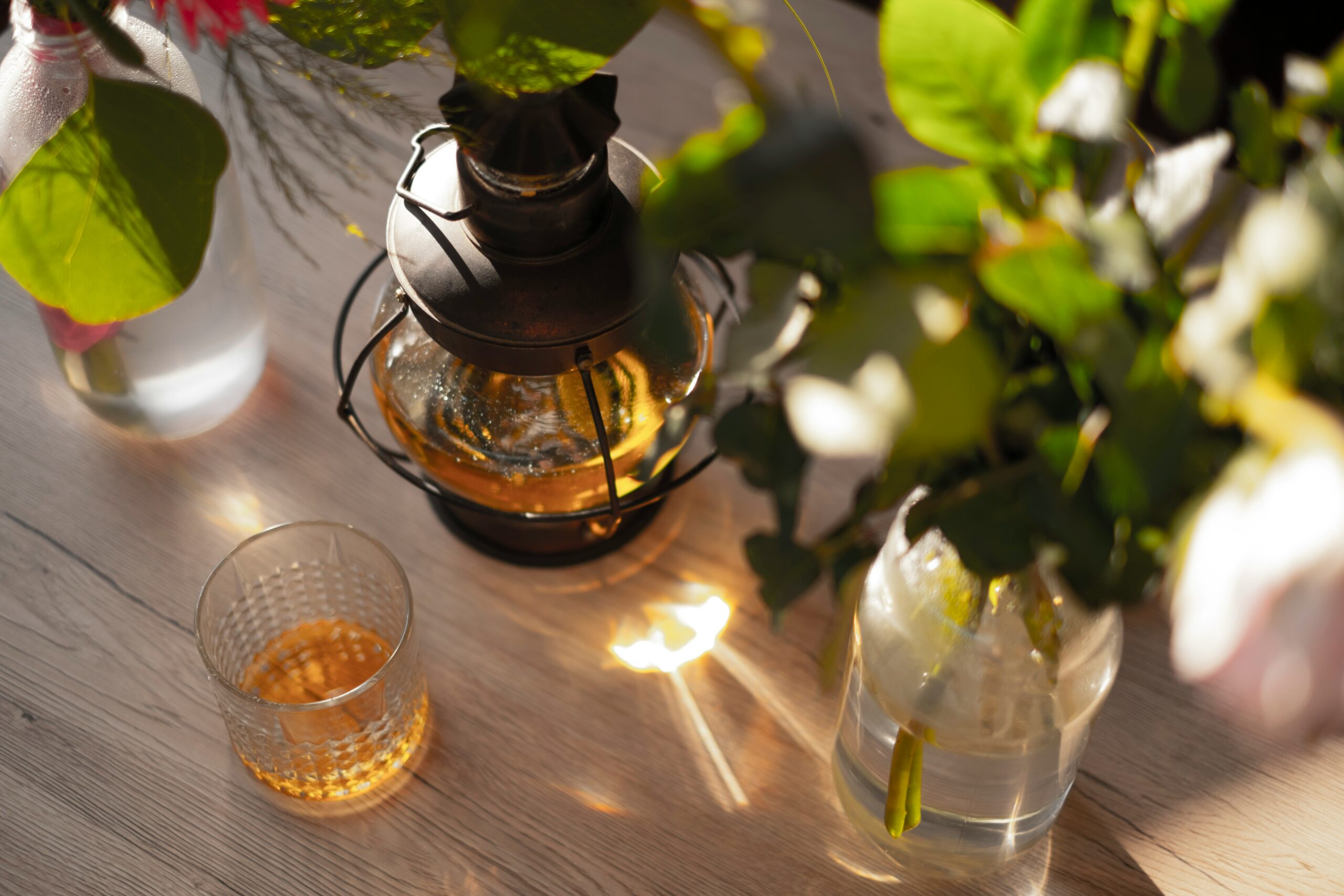ما هو الشاي الأخضر من مصدر واحد؟ شرح واضح للتيار الجديد في الشاي، مع أرقام لتسهيل الفهم.
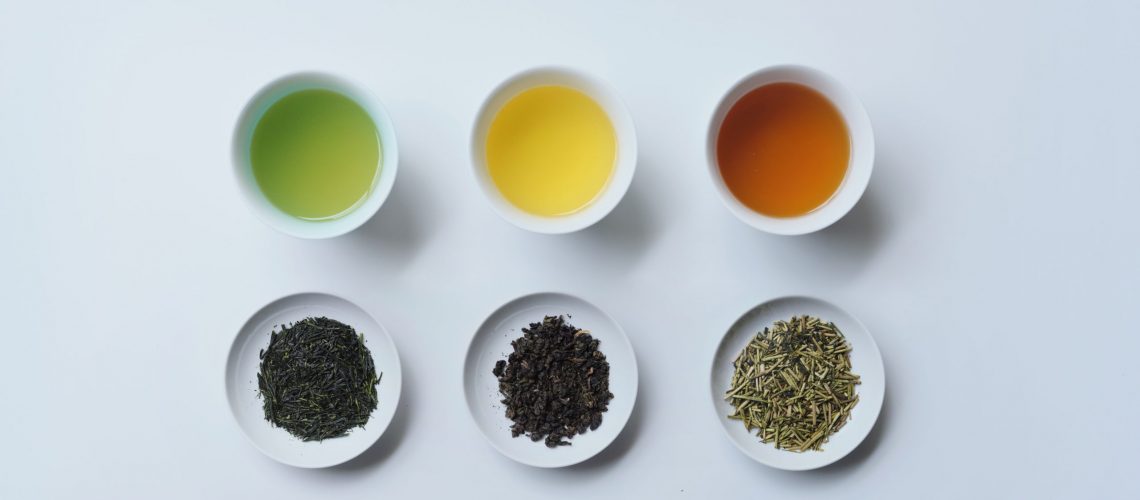
مصطلح “من مصدر واحد” يُسمع غالبًا في عالم القهوة. يشير إلى القهوة المصنوعة من نوع واحد مزروع في مزرعة واحدة. تقليديًا، كانت القهوة من أماكن مختلفة تُخلط وتُشحن معًا، لكن مع القهوة من مصدر واحد، يتم ضمان تتبع حبوب القهوة، مما يسمح لك بالاستمتاع بالخصائص الفريدة والنكهة والقصة وراء كل فنجان. فما هو “من مصدر واحد” في سياق الشاي الياباني، الذي أصبح مؤخرًا أكثر شعبية؟ في هذه المقالة، سنوضح بوضوح ميزات الشاي الياباني من مصدر واحد، مستخدمين الأرقام لتسهيل الفهم.
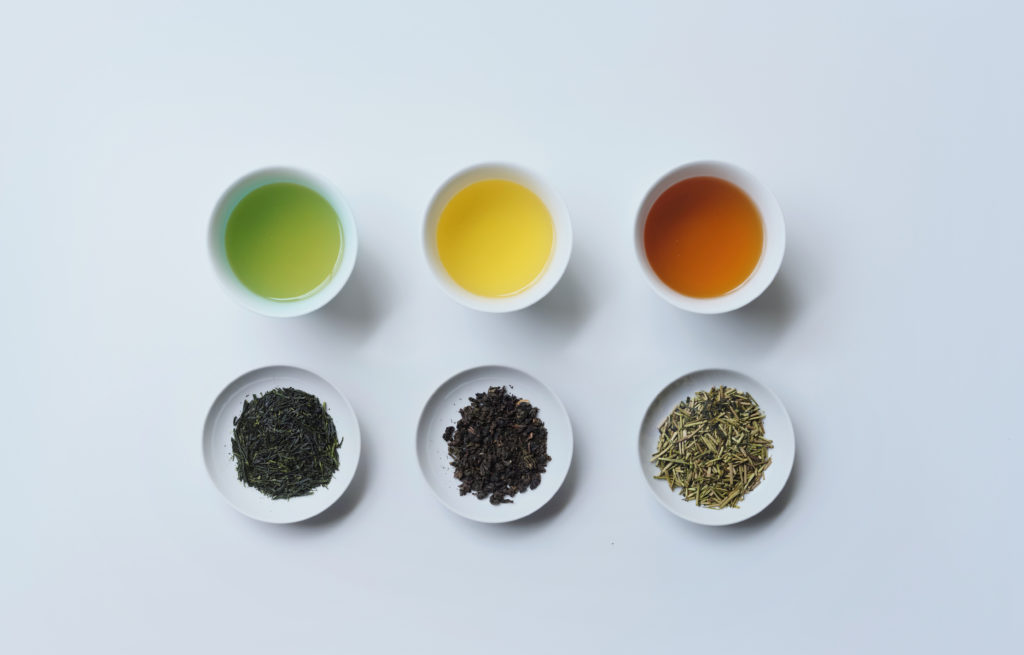
أولاً، يُعرف الشاي الياباني من مصدر واحد بشكل مشابه للقهوة، عادةً كشاي يُنتج من مزرعة واحدة ونوع واحد. بمعنى آخر، يشير إلى الشاي المصنوع من نوع واحد (سلالة) من الشاي المزروع في مزرعة واحدة (حديقة شاي).
هل تعرف كم عدد مزارعي الشاي في اليابان؟ وفقًا لتقرير من وزارة الزراعة والغابات ومصائد الأسماك لعام 2022، كان هناك 12,325 مزارع شاي في اليابان اعتبارًا من عام 2020. تشير بيانات الوزارة نفسها إلى أنه كان هناك 1,028,000 مزرعة في جميع أنحاء اليابان في عام 2020، مما يعني أن حوالي 1.2% من المزارع اليابانية هي مزارع شاي. قد يبدو هذا عددًا صغيرًا عند النظر إليه بهذه الطريقة. كان هناك 23,889 مكتب بريد في جميع أنحاء اليابان حتى نهاية مارس 2020، لذا يوجد تقريبًا مزرعة شاي واحدة لكل مكتب بريدين. قد تجعل هذه النظرة عدد مزارع الشاي يبدو أكثر ألفة ووفرة.
بالمناسبة، تبلغ المساحة الإجمالية لزراعة الشاي في اليابان 39,000 هكتار، وهو ما يعادل حوالي 8,298 طوكيو دوم. لمزيد من السياق، فإن 39,000 هكتار تمثل حوالي 0.1% من إجمالي مساحة اليابان البالغة 3,780,000 هكتار. يمكن أن تبدو الأرقام كبيرة أو صغيرة حسب كيفية تقديمها. آسف على الخروج عن الموضوع—دعنا نعود إلى الموضوع الرئيسي.
بعد ذلك، دعنا نناقش أنواع الشاي في اليابان. كما ذُكر في مقال آخر، فإن 67.6% من الشاي المزروع في اليابان هو من نوع “يابوكيتا”. النوع الأكثر شيوعًا التالي، “يوتاكامي دوري”، يمثل 6.2% من الإجمالي، مما يعني أن “يابوكيتا” يُنتج أكثر من عشرة أضعاف “يوتاكامي دوري”. ليس من المبالغة القول إن “يابوكيتا” هو السلالة السائدة في زراعة الشاي الياباني، لكن يُقال إن هناك أكثر من 100 سلالة من الشاي الياباني، بما في ذلك تلك التي تُنتج بكميات صغيرة أو غير مسجلة في وزارة الزراعة والغابات ومصائد الأسماك.
لذا، فإن الشاي الياباني من مصدر واحد يُصنع من الشاي المنتَج في واحدة من 12,325 مزرعة شاي في اليابان، باستخدام نوع واحد فقط من الشاي. بعبارات بسيطة، يمكن اعتباره واحدًا من 1.2 مليون تركيبة ممكنة. إنه شعور رومانسي بعض الشيء، أليس كذلك؟
يسمح الشاي الياباني من مصدر واحد، مثل القهوة، لك بتجربة الخصائص المميزة لممارسات الزراعة الخاصة بالمزارع ونوع الشاي. لماذا لا تستمتع بتفاني المنتج وتنوع النكهات والروائح في كوب واحد من الشاي؟
ركز هذا المقال على جاذبية الشاي الياباني من مصدر واحد. ومع ذلك، من المهم أن نلاحظ أن الشاي الياباني من مصدر واحد ليس بالضرورة أفضل من الشاي المخلوط. في الواقع، تطور الشاي الياباني كمشروب مميز بتقنية خلط أوراق الشاي، المعروفة باسم “غو غومي”. لمزيد من المعلومات حول خلط الشاي في اليابان، يرجى الاطلاع على المقال المتعلق.
